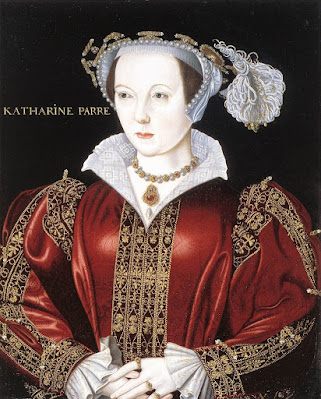So with everything that has been going on you may have decided this is the time you want to find out more about your ancestry. You could hire someone to do the research for you or you could do it yourself. Either way you need to take certain factors into account. So I’ve decided to list my top genealogy tips.
1. Decide what you want to know before you begin. Do you
want to focus on one branch of your family or are you just going to set to and
do all your family?
2. Ask you family questions before you begin, they may know
what you want to find out or have some access to family records you don’t.
3. Go through your old photos as they could yield some
answers to your questions as previous generations may have written on the back
of them.
4. Be realistic in what you want to achieve. You can’t just
decide you want to set aside a day to do your entire tree.
5. Start from yourself and work backwards. You need to make
sure every fact is correct. Just because you think your 3 times great
grandparents were call Burt and Connie doesn’t mean they really were, so you
need to check the facts.
6. Don’t ignore any sources. You really need to use them all
to make sure you get a complete picture of your ancestors. Also don’t ignore
sources just because they don’t agree with what you think you know or other
sources. You don’t know which is true, so consider everything. Remember to
check, check and recheck your findings.
7. You will need to accept that you will hit brick walls in
your research. You don’t have to get all the answers now. You can always come
back later when you have new ideas and perhaps access to more records. You also
need to remember that some people cannot be found in the records no matter how
hard you search.
8. Don’t get side tracked. Stick to what you intended to
research. Make a note of what you’ve found and come back to it later. I really
should stick to this point!
9. Keep meticulous records so if you need to come back to a
fact or source later you can find it. Also it will make keeping track of your
ancestors easier. Consider using forms to keep track of your research. There
are loads of them available free online, or make your own custom one.
10. Check your spellings. Many names can be spelt in
different ways. It is not uncommon for those writing down the records to spell
the person’s name as they heard it so accents can make a name sound completely
different.
11. Explain your findings. Just because you know what
something means doesn’t mean others will. It also helps you to future proof
your research so your descendants can understand your work.
12. You may uncover things you didn’t expect. You need to
accept what you found and try to understand, but remember it has no impact on
you and does not need to be kept hidden. No matter what it is it is part of
your family history.
13. Don’t forget your family history. What was happening in
the world whilst your ancestors were alive would have impacted on their lives
and would have been just as important to how they lived as what’s happening in
the world today is to us.
14. You may not find you have really exciting ancestors.
Unfortunately your family may not be as exciting as it appears on the TV
programmes, but don’t be downhearted. You ancestors are just as important. But
remember some celebrities families are deemed too dull for the TV.
15. You need to remember genealogy is addictive and you must
remember life exists outside your research. Also it’s going to take time to
research all your ancestors, so don’t expect to complete you research in
months, it will probably be years.
16. If you are having difficulties or you don’t have the
time to do the research yourself consider asking a professional genealogist for
help, they may know where to find things you don’t. If you do ask them to carry
out research for you remember they cannot do it overnight any more than you
can, so give them plenty of time.
Do remember that whatever method you use to trace your
ancestry remember the most important thing it to have fun and enjoy the
process.











